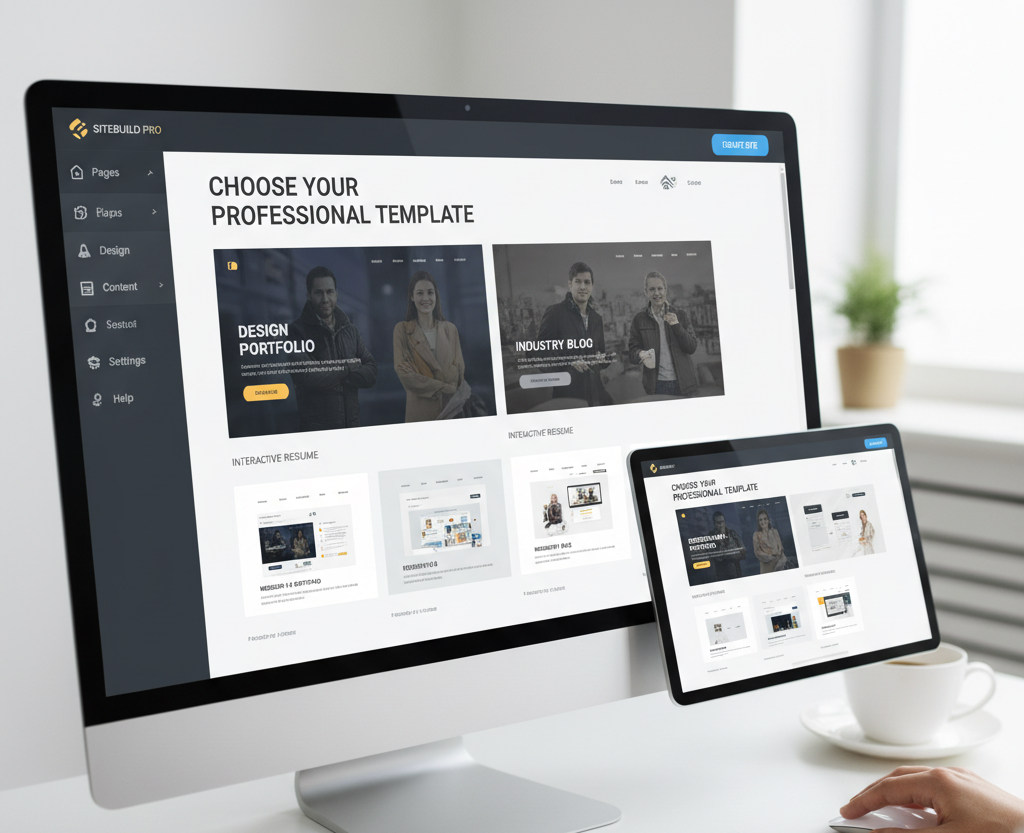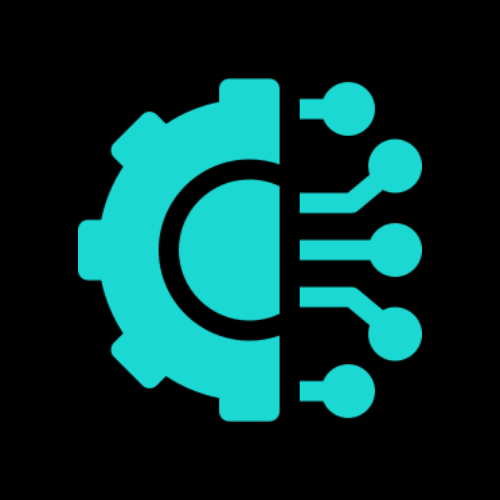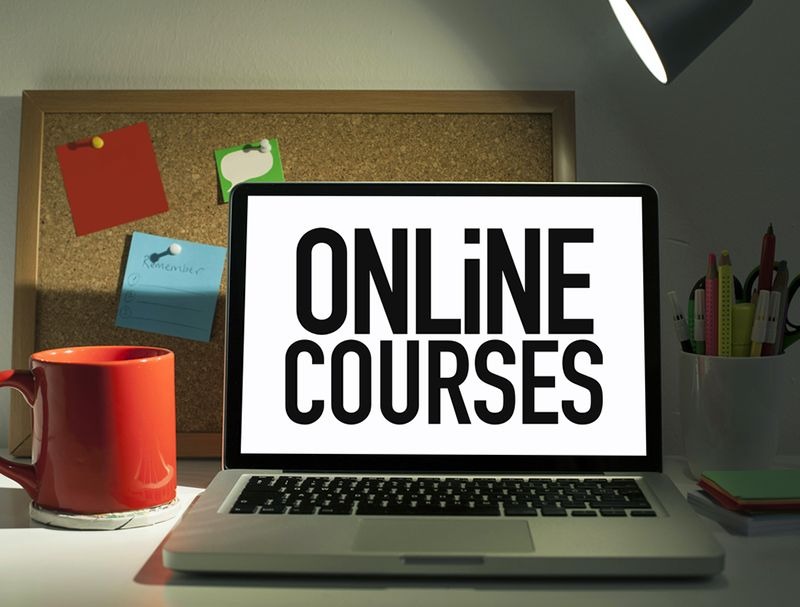Introduction
In today’s competitive job market, having a polished résumé isn’t enough. Recruiters and employers now look for candidates who can showcase their work beyond a single document. That’s where a personal website makes a Build a Personal Website for Job Hunting difference. Knowing how to build a personal website for job hunting can transform your job search into a powerful branding opportunity. A personal website serves as your professional portfolio, digital business card, and online résumé all in one place.
With more companies hiring remotely and relying on online profiles, your website can act as your 24/7 recruiter, promoting your skills, experience, and achievements to potential employers. Whether you’re a designer, marketer, developer, or writer, a well-designed personal website can help you stand out, rank on Google, and build credibility. Let’s explore how to create a professional, optimized, and impactful personal website that gets you noticed by hiring managers.
Understanding the Power of a Personal Website
Why You Need One in the Digital Age
Before diving into how to build a personal website for job hunting, it’s essential to understand why it matters. In an age where first impressions are made online, having a dedicated website allows you to control how recruiters perceive your professional identity. Unlike social media profiles, your website gives you complete creative freedom over design, layout, and content.
Employers often Google candidates before interviews. A personal website ensures that what they find reflects your best professional self. It demonstrates initiative, creativity, and an understanding of digital presence, all traits that modern employers value. In addition, a personal website allows you to host work samples, testimonials, blogs, and even a downloadable résumé in a professional format.
The Competitive Advantage
Imagine two candidates with identical qualifications. One sends a résumé; the other includes a link to a sleek, well-structured website showcasing projects, case studies, and professional insights. The difference is clear. Recruiters spend an average of just seven seconds scanning a résumé, but a compelling website can hold their attention much longer. It becomes your personal marketing tool, proof of your expertise and attention to detail.
Planning Your Personal Website
Defining Your Purpose and Audience
The first step in learning how to build a personal website for job hunting is planning. Begin by defining your purpose. Ask yourself: What do I want this website to achieve? For most job seekers, the goal is to impress recruiters, share experience, and make it easy for potential employers to contact them. However, the details depend on your industry and role.
If you’re a creative professional, such as a designer or writer, your website should highlight your portfolio and style. For developers or analysts, showcasing technical projects, GitHub links, and certifications works best. Knowing your target audience helps determine everything from tone of writing to color palette.

Choosing the Right Platform
Selecting a platform depends on your technical comfort level and budget. WordPress, Wix, Squarespace, and Webflow are popular options. WordPress offers flexibility and scalability, while Wix Build a Personal Website for Job Hunting and Squarespace provide user-friendly drag-and-drop interfaces for beginners. Developers might prefer custom coding or GitHub Pages for full control.
Make sure your platform allows SEO optimization, responsive design, and analytics integration. Your personal website should load quickly, look great on mobile, and allow easy updates as your career evolves.
Designing a Professional and Engaging Layout
First Impressions Matter
Design plays a crucial role in how your website is perceived. A clean, minimalist design reflects professionalism, while cluttered layouts can distract recruiters from your actual skills. Use consistent colors, readable fonts, and ample white space. Include a professional photo and logo or name branding to make your site memorable.
Keep navigation intuitive; no one wants to click endlessly to find your contact page. Include essential sections like About Me, Portfolio/Projects, Blog (optional), and Contact. Recruiters should instantly understand who you are, what you do, and how to reach you.
Content That Converts
Strong visuals attract visitors, but content keeps them engaged. Your homepage should feature a concise, keyword-optimized introduction summarizing your expertise. Use your “About Me” section to tell your story authentically, how you started, what drives you, and your career vision. Add real metrics where possible (e.g., “Increased campaign ROI by 45%” or “Managed projects across 10+ global clients”).
Your portfolio should showcase your best work. Include short descriptions of each project, highlighting challenges and solutions. Don’t overload the site. Quality matters more than quantity.
Optimizing for Search and Visibility
Mastering SEO for Your Personal Brand
Building a website is only half the job; optimizing it for search engines is what gets it found. How to build a personal website for job hunting also means understanding the basics of SEO. Use relevant keywords throughout your pages, especially in headings, meta descriptions, and image alt text.
Your name should ideally appear in your website’s domain (e.g., www.janedoe.com), and your title or profession should feature prominently in the homepage title (e.g., “Jane Doe | UX Designer”). These elements make it easier for recruiters to find you through Google searches.
On-Page SEO Essentials
Optimize every section with targeted keywords, but keep your language natural. Use tools like Yoast SEO or Rank Math to monitor readability and keyword density. Internal links between sections (like from About Me to Portfolio) improve navigation and help Google understand your site structure.
Don’t forget off-page SEO; link your website to your LinkedIn, GitHub, and other professional profiles. The more credible backlinks you have, the higher your website ranks in search results.
Adding Functionality and Personality
Interactive Elements That Impress
Recruiters love user-friendly websites with a touch of personality. Add features like an interactive résumé, downloadable PDF, or a contact form that makes reaching you effortless. Embedding Build a Personal Website for Job Hunting social proof testimonials, endorsements, or even brief video intros adds credibility.
If you write, include a blog section where you share insights on your industry or lessons from your career journey. Fresh content signals to search engines that your site is active and builds authority in your field.
Show Your Authentic Self
Beyond skills and experience, your personal website should reflect who you are. Use your design and writing tone to convey authenticity. A balance of professionalism and personality helps recruiters connect with you as a person, not just a candidate.
If you’re targeting remote Build a Personal Website for Job Hunting roles, mention your comfort with virtual collaboration tools, time management skills, and adaptability qualities that matter in today’s remote-first work culture.
Conclusion: Turning Your Website into a Career Asset
Building a personal website isn’t just a digital project; it’s an investment in your career. When done right, it becomes a dynamic portfolio that evolves with you, helping you stand out in a crowded job market. Understanding how to build a personal website for job hunting means combining design, strategy, and SEO to tell your professional story effectively.
Keep your site updated with new achievements, projects, or certifications. Treat it as a living document rather than a one-time effort. With a strong online presence, you’ll not only attract recruiters but also open doors to freelance opportunities, collaborations, and speaking engagements.
In a world where your first impression often happens online, your personal website is your digital handshake. Make it count.
Find Your Dream Job Today Explore Endless Career Opportunities and Secure Your Next Role with Best Job Tool







Leave a Reply